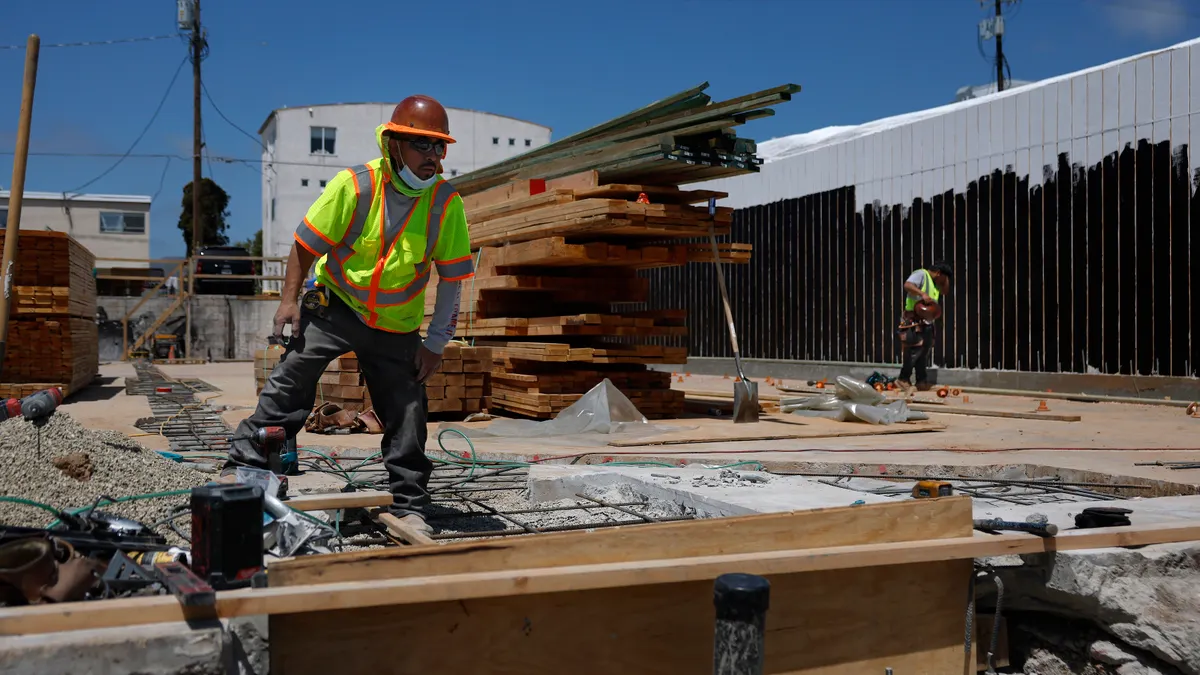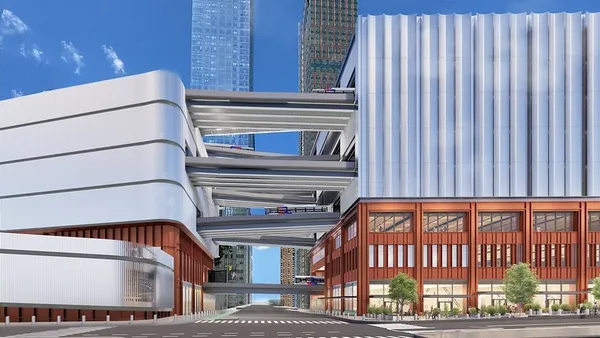The mid-2000s housing boom brought renewed attention to existing home tear-downs and how best to execute them. One Chicago nonprofit gained a lot of knowledge about best practices during that time and is advising leaders to push for home deconstruction — not demolition.
Deconstruction is the process of dismantling homes and salvaging the elements for reuse or recycling, essentially giving building materials a second life. "This is about reverse engineering houses ... so when taking them apart you can take the market-worthy materials," said Eve Pytel, Delta Institute programs director.
Delta Institute collaborates with communities to solve complex environmental problems and recently released a report, "Deconstruction and Building Material Reuse: A Tool for Local Governments and Economic Development Practitioners." The document enumerates the benefits to cities and the environment from salvaging and reusing housing materials during the home tear-down or refurbishment process, while offering tips for encouraging the practice locally.
As a start, people need to "pick the right strategy for the right structure," Pytel said. "If you apply the wrong strategy to the wrong house, you're going to waste a lot of money and have a lot of stuff that can't be sold." In addition, those carrying out a tear-down shouldn't look at it as an issue of either deconstruction or demolition, but rather as a continuing spectrum of deconstruction.
The report describes four main ways of going about a tear-down or refurbishment on the spectrum of deconstruction:
- Full demo: Nearly all material is landfilled, but scrap metal is recycled. This can be accomplished in one day with heavy machinery.
- Soft-stripping: Easy-to-capture and high-value material — like appliances, cabinetry and architectural items — is salvaged. This can be accomplished in one day with a small crew.
- Hybrid: Additional material — including flooring, windows and doors — is salvaged. This can be accomplished in about three days with a larger crew.
- Full deconstruction: All wood and valuable material is salvaged. This can be accomplished in three to 10-plus days, depending on structure size, with a larger crew.
Although a number of deconstruction firms already exist for commercial, industrial and barn projects, the practice hasn't widely caught on for residential projects in part because of the cost of doing smaller-scale projects, Pytel explained.
Delta Institute previously had issued a report that addressed needs and concerns across the deconstruction industry, but this version deals specifically with residential housing. "It's much more oriented toward local governments and economic development practitioners," who are looking at the steps community leaders can take to encourage greater deconstruction, Pytel said. "Waste is typically a consequence of a bunch of other decisions. We're going up a few levels to get at the decisions that end up creating waste, as opposed to looking at things as waste to begin with."
The report notes that deconstruction offers communities environmental benefits including reduced toxic dust at job sites, reduced heavy metal leaching into soil, less waste sent to landfills and reduced consumption of virgin material. Deconstruction also offers economic benefits such as jobs — including for difficult-to-employ individuals — and the sale or resale of building materials and other valuable products left inside a home. Plus, deconstruction provides social advancements including the removal of blight, workforce development partnerships and workforce and contractor training.
"We see a tremendous opportunity from raising awareness" about deconstruction, Pytel said. "We've been really excited to see the number of deconstruction initiatives in the Midwest," especially in "legacy cities" that used to be industrial towns but have undergone significant change. "It reduces the landfilling of waste and it also does something restorative for communities in getting to reuse their own materials," Pytel said, noting Gary, IN and Detroit as two cities that have focused on this practice to "give materials a second life."
Besides selling the recovered materials or using them in new housing projects, the items can be used to enhance parks or a city's historic buildings and structures.
Despite the environmental, economic and social benefits, "one challenge is that it is simply more labor intensive than demolition. It's going to cost more," Pytel said. However, selling the valuable reclaimed material sometimes offsets the costs. In addition, opportunities for public-private partnerships or workforce development partnerships can keep the costs in check.
Communities worried about the resources needed for a long-term project commitment can first test out deconstruction pilot projects. Delta Institute offers seven steps for a pilot: secure funding, choose the homes, manage procurement, assure quality control, train contractors, connect market infrastructure and process the lessons learned.
Cities can also encourage material reuse and recycling by incorporating deconstruction principles in construction and demolition waste diversion ordinances.
"We would love to see more groups take this up... as communities look at how they're going to concentrate their resources while trying to create opportunities for their residents," Pytel said.



















